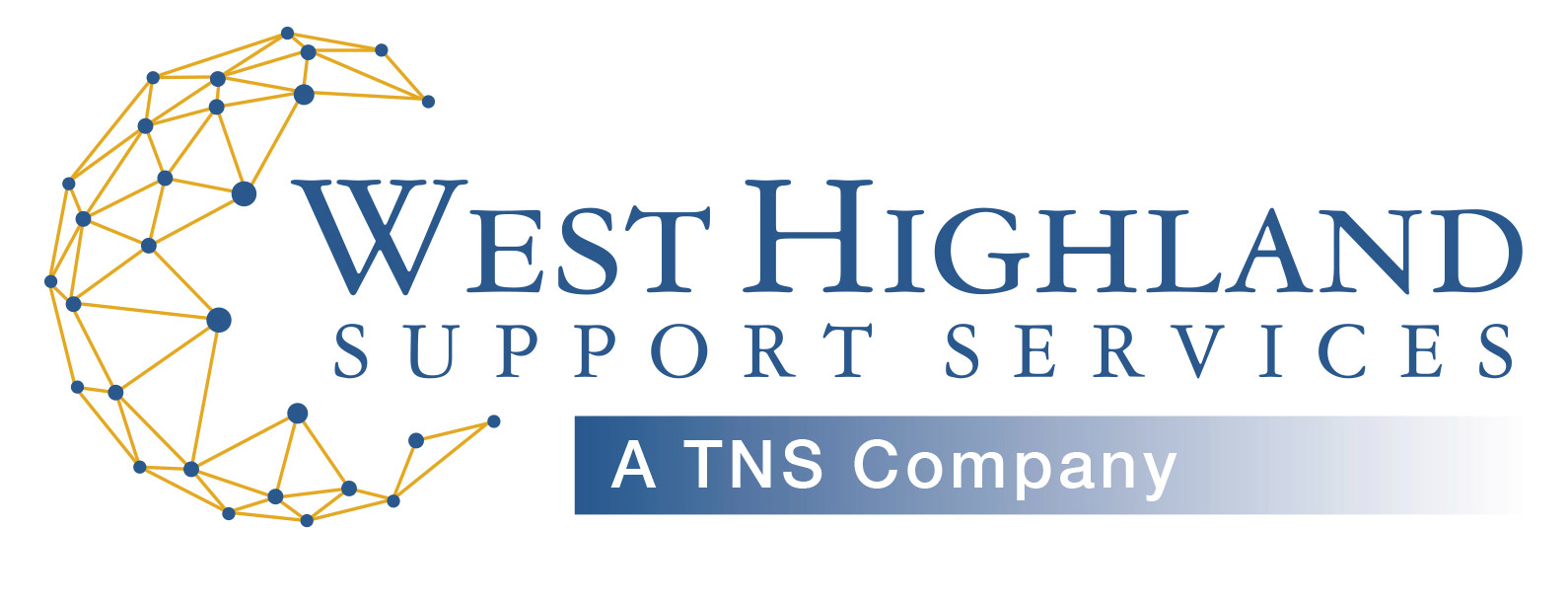So you want to reduce your overall market data spend… tired of paying exorbitant fees? You are not alone. There has been a large demand from virtually all clients on both the buy-side and the sell-side to reduce overall spend on market data. This trend has been cyclical over the years but is currently front and center for all firms and business lines. If done right you win big. If not… good luck.
The most effective and common way to approach this is by contracting an outside party to assess and identify the opportunities where savings can be achieved. Let the buyer beware folks. Firms may approach you with a “free” service where they are compensated based upon a percentage of savings. NOTHING IS FREE – YOU WILL SPEND MONEY TO SAVE MONEY. In most cases these involve displacing users from one vendor to another. In many cases, displaced users eventually return to the desktops that they previously had. This is typical when trying to get users from Bloomberg terminals to Thomson Reuters Eikon or vice versa.
Another approach is to take a deep look user by user, application by application, what data content is used and then try to substitute another more cost effective data set or application. This will take a very, very long time (depending upon your size) to establish typical profiles, identify data sets and then prepare a mitigation strategy. This typically gets the most push back from the end user / client community.
Finally, we have the “Enterprise Assessment”. This is the most effective and logical approach if you have found a qualified professional services firm. It takes a comprehensive look at business lines, data content, applications, platforms and “fit for purpose” technology. This exercise also looks for overlapping data sets within your organization to remove unnecessary redundancies. Each approach has its pros & cons. They also take a different amount of time and resources to complete. Some of the optimization initiatives that we have done also evaluated the resources in a firm, assessed the teams abilities, size, strengths, weaknesses, etc. All will take the cooperation of the end user / client community as well as a strict mandate from senior management in order to be successful.
So you may wonder, how did we get into this mess? There are many reasons why but the one common factor that all firms have is time. This challenge did not occur overnight – it evolved – most likely something you inherited. If you are truly serious about doing this then remember these key points:
- You must select a good, trusted vendor to assist with the initiative
- Nothing is “FREE” – low-hanging fruit exercises do not bear fruit
- It is more than just data (real time and referential) spend that impacts your bottom line
- Know and manage your inventory daily – you must have an inventory management system
- Know your contract terms – you can always renegotiate regardless of where you are in your contract as long as you have options / an alternative vendor to go to
- Know and assess your team
- Understand your invoices
- Do not overlook the cost of operational support or infrastructure/network/technology, etc.
- Put a plan in place so you are not in this situation again
- Finally, it takes time – the exercise is very much a forensic one
Good luck and remember – stay thirsty my friends!



